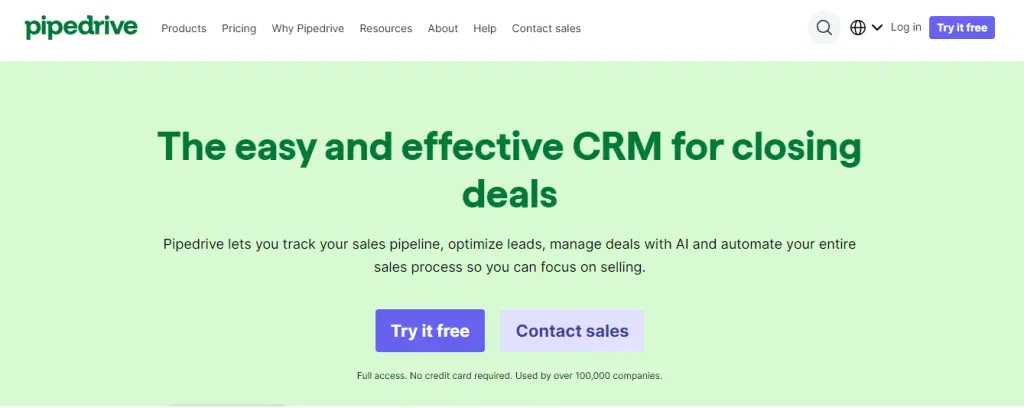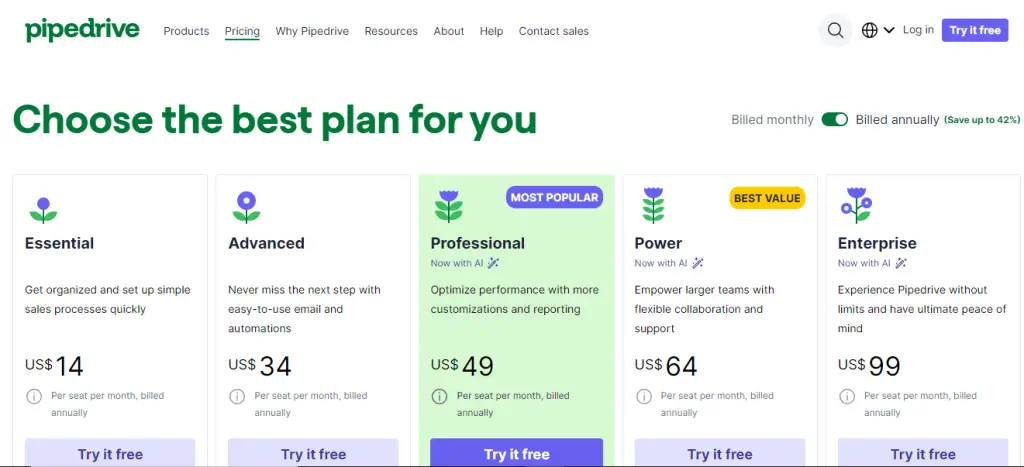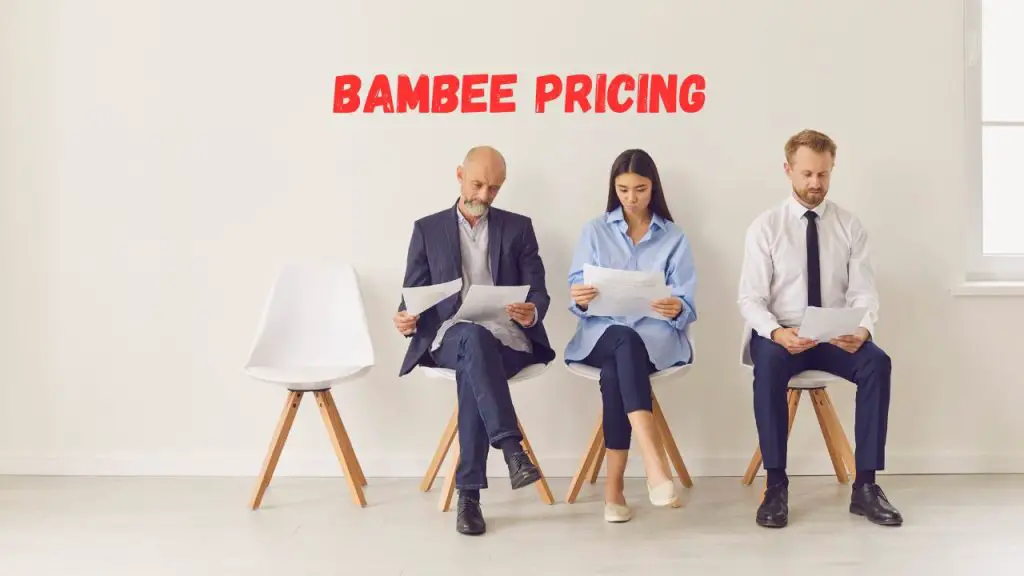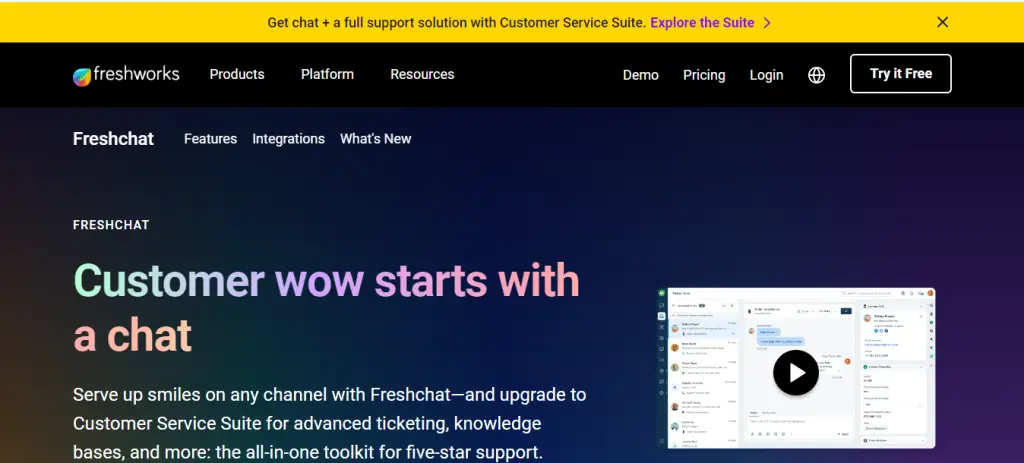
Email marketing offers cost-effective communication and high ROI. It builds customer relationships and drives conversions efficiently.
Email marketing remains a powerful tool for businesses of all sizes. It allows companies to reach their audience directly and personally. Customizing messages to fit the interests and needs of recipients increases engagement. This marketing strategy is not only affordable but also measurable.
Businesses can track open rates, click-through rates, and conversions to refine their campaigns. Personalization and segmentation make emails more relevant, boosting response rates. Integrating email marketing with other marketing channels enhances overall effectiveness. It nurtures leads, promotes products or services, and maintains customer loyalty. Investing in email marketing provides significant benefits, making it an essential part of any marketing strategy.
Introduction To Email Marketing
Email marketing is a powerful tool for businesses. It helps connect with customers directly. You can share updates, promotions, and news. It is cost-effective and can reach many people quickly.
Email marketing is different from other forms of marketing. It uses email to talk to customers. This direct approach makes it very effective.
The Resilience Of Email
Email has been around for a long time. It has survived many changes in technology. Despite new social media platforms, email remains strong. People still check their emails daily. This makes it a reliable tool for businesses.
Emails can be saved and revisited. This is unlike social media posts that can get lost. Emails create a personal connection with the reader. This connection helps in building trust and loyalty.
Why Email Stands Out In Digital Marketing
- Wide Reach: Almost everyone has an email address.
- Cost-Effective: It is cheaper than other marketing methods.
- Personalization: Emails can be tailored to each recipient.
- Measurable: You can track open rates and clicks easily.
- High Engagement: People tend to read and respond to emails.
Emails are direct and go straight to the inbox. This makes them hard to ignore. Unlike ads that can be skipped, emails demand attention.
Email marketing allows for segmentation. You can target specific groups with relevant content. This increases the chances of engagement and conversion.
Cost-effectiveness Of Email Campaigns
Email marketing is a powerful tool. It offers great value at a low cost. Businesses of all sizes can benefit. Email campaigns save money. They also deliver impressive results.
Comparing Email To Other Marketing Channels
Many marketing channels exist. Examples include social media, PPC, and print ads. Each has its own cost and benefit.
Email marketing stands out. It is cheaper than most other options. See the comparison below:
| Marketing Channel | Cost per Campaign | Reach |
|---|---|---|
| Email Marketing | $0.01 – $0.05 per email | Thousands |
| Social Media Ads | $0.50 – $1.00 per click | Varies |
| Print Ads | $500 – $5,000 per ad | Limited |
| PPC (Google Ads) | $1.00 – $2.00 per click | Varies |
Maximizing Roi With Email
Email marketing boasts a high return on investment (ROI). For every $1 spent, the average return is $42.
Here are ways to maximize ROI:
- Segment your audience. Send targeted messages.
- Use compelling subject lines. Increase open rates.
- Optimize email design. Ensure mobile-friendliness.
- Include clear calls to action (CTAs).
- Track and analyze performance. Adjust strategies accordingly.
Email campaigns are efficient. They offer high returns. They are easy to track. Businesses can adjust tactics in real time.
Targeting And Personalization
Email marketing offers many benefits. One of the most impactful is targeting and personalization. By tailoring messages, businesses can engage their audience more effectively. Personalized emails feel more relevant to the recipient. This increases the chances of interaction and conversion.
Segmentation Strategies
Segmentation is key in email marketing. It involves dividing your email list into smaller groups. Each group shares common characteristics. This can include:
- Age
- Location
- Purchase history
- Browsing behavior
By segmenting your list, you can send more targeted emails. These emails speak directly to the needs and interests of each group. This makes your emails more effective.
Customized Content For Higher Engagement
Creating customized content is another powerful strategy. This involves tailoring the email content to match the preferences of each segment. For example:
| Segment | Customized Content |
|---|---|
| New subscribers | Welcome emails with introductory offers |
| Frequent buyers | Exclusive discounts and loyalty rewards |
| Inactive users | Re-engagement emails with special incentives |
Customized content drives higher engagement rates. Recipients are more likely to open and act on emails that feel personal. This leads to better results for your email marketing campaigns.
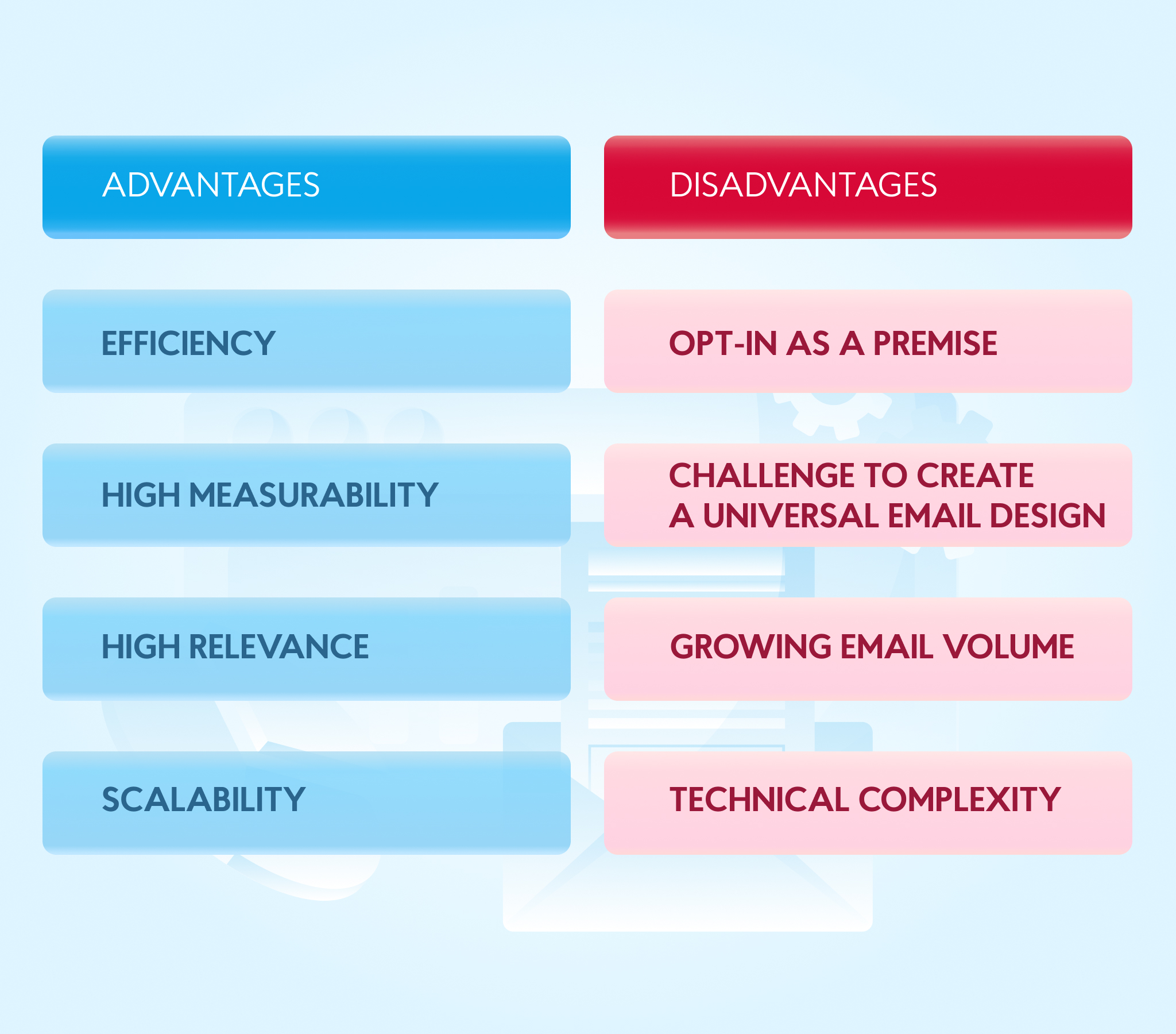
Credit: nix-united.com
Measurable Results
Email marketing offers clear, measurable results. This makes it a favorite for marketers. You can track opens, clicks, and conversions easily. Knowing these metrics helps improve campaigns.
Tracking Opens And Clicks
Tracking email opens is simple. When someone opens your email, you get a notification. This tells you how many people read your message. More opens mean more interest.
Clicks are also important. When a reader clicks a link in your email, you know they are interested. This helps you understand what works. You can see which links get the most clicks. This data is valuable. It tells you what your audience likes.
Analyzing Conversion Rates
Conversion rates show how many people take action. This could be buying a product or signing up for a webinar. Tracking these actions is key. It shows if your email was effective.
You can use this data to improve. If conversion rates are low, try changing your strategy. Test different subject lines or offers. See what works best for your audience.
Here is a simple table to illustrate the key metrics:
| Metric | Description |
|---|---|
| Opens | Number of times the email was opened |
| Clicks | Number of times links were clicked |
| Conversion Rates | Percentage of actions taken from email |
Using these metrics helps you grow. You can see what works and what does not. This makes your email marketing more effective.
Increasing Brand Awareness
Email marketing plays a vital role in increasing brand awareness. Sending regular emails keeps your brand top-of-mind. People recognize your name and logo. They feel more connected to your business. This familiarity can lead to higher engagement and conversions.
Consistent Email Branding
Consistent branding is crucial in email marketing. Use the same logo, colors, and fonts. This makes your emails easily recognizable. Create a template that matches your brand’s style. This ensures every email feels cohesive and professional.
| Element | Consistency Tip |
|---|---|
| Logo | Always use the same version. |
| Colors | Stick to your brand’s color palette. |
| Fonts | Use the same fonts in all emails. |
Educational Content Builds Credibility
Educational content helps build credibility. Share tips, guides, and how-tos in your emails. This shows your expertise in your field. People trust businesses that provide valuable information.
- Send how-to guides to solve common problems.
- Share tips and tricks related to your industry.
- Provide updates on new trends and technologies.
Educational emails build trust and loyalty. People appreciate useful content. They are more likely to engage with your brand.
Automation And Efficiency
Email marketing is powerful. It saves time and boosts productivity. Automation helps you send emails at the right time. Efficiency ensures you reach your audience effectively.
Setting Up Drip Campaigns
Drip campaigns are automated. They send pre-written emails on a schedule. You can nurture leads over time. Drip campaigns keep your audience engaged.
| Step | Description |
|---|---|
| 1 | Identify your goal. Know what you want to achieve. |
| 2 | Segment your audience. Group them by interests or behavior. |
| 3 | Create your email series. Write emails for each stage. |
| 4 | Schedule your emails. Decide when each email will be sent. |
| 5 | Monitor and adjust. Track results and make changes if needed. |
Trigger-based Emails For Timely Responses
Trigger-based emails are smart. They respond to user actions. This makes your emails more relevant. They help you send the right message at the right time.
- Welcome emails: Sent when someone subscribes.
- Abandoned cart emails: Sent when a cart is left behind.
- Birthday emails: Sent on a subscriber’s birthday.
- Re-engagement emails: Sent to inactive subscribers.
Trigger-based emails increase engagement. They improve your email open rates. Your audience feels more connected.
Boosting Sales With Promotions
Email marketing can be a powerful tool to increase sales. Promotions within emails can drive customer engagement and conversions. You can create a sense of urgency by offering exclusive deals and time-limited offers. This encourages subscribers to take action quickly, boosting sales effectively.
Exclusive Deals For Subscribers
Offering exclusive deals to your email subscribers is a smart strategy. These deals make subscribers feel special and valued. They are more likely to purchase because they get offers unavailable to others.
- Special discounts on products
- Early access to new arrivals
- Exclusive bundles or packages
Use a table to display exclusive deals:
| Deal Type | Benefit |
|---|---|
| Discount | Save money on purchases |
| Early Access | Shop new products first |
| Exclusive Bundle | Get more for less |
Time-limited Offers To Create Urgency
Time-limited offers are another effective way to boost sales. These offers create a sense of urgency. Subscribers feel the need to act fast to avoid missing out.
- Flash sales
- Limited-time discounts
- Holiday specials
Highlight the end date of the offer. Use countdown timers in your email to show urgency. This visual cue can prompt quicker actions from subscribers.
Here is an example code snippet for a countdown timer:
In summary, leveraging exclusive deals and time-limited offers can significantly boost your email marketing sales. Tailor your promotions to create value and urgency, encouraging subscribers to act quickly.

Credit: www.linkedin.com
Customer Retention And Loyalty
Customer retention and loyalty are key factors in business growth. Email marketing is an effective tool for these objectives. It helps keep customers engaged and loyal to your brand.
Personalized Loyalty Programs
Email marketing allows you to create personalized loyalty programs. These programs can include exclusive offers, discounts, and rewards. Personalization makes customers feel special and valued.
You can segment your email list based on customer behavior. This helps target specific groups with relevant offers. Such targeted communication increases the chances of repeat purchases.
Regular Updates And Newsletters
Regular updates and newsletters keep your customers informed. Share new product launches, company news, or upcoming events. This keeps your brand at the top of their minds.
Email newsletters can also offer valuable content. Share tips, guides, or how-tos related to your products. This builds trust and positions your brand as an authority.
Benefits of Regular Updates:
- Keep customers informed
- Promote new products
- Build brand authority
Steps to Create Effective Newsletters:
- Segment your email list
- Personalize your content
- Include clear calls-to-action
With the right strategy, email marketing boosts customer retention and loyalty. Personalized programs and regular updates keep customers engaged. This ensures long-term business success.
Integrating With Other Marketing Efforts
Email marketing shines when integrated with other marketing efforts. Combining email with social media, website traffic, and other channels can amplify results.
Email And Social Media Synergy
Email and social media together create powerful marketing synergy. They can complement each other and enhance overall reach.
- Cross-Promotions: Promote social media channels in your emails. Encourage subscribers to follow you.
- Exclusive Content: Share exclusive content on social media. Tease it through emails.
- Social Proof: Share social media testimonials in your emails. Build trust with your audience.
Here is a table showing the benefits of combining email and social media:
| Strategy | Benefit |
|---|---|
| Cross-Promotions | Increase followers and engagement |
| Exclusive Content | Drive curiosity and engagement |
| Social Proof | Build credibility and trust |
Driving Traffic To Your Website
Email marketing is a great tool for driving traffic to your website. Well-crafted emails can encourage readers to visit your site.
- Clear Call-to-Action: Add a clear call-to-action in your emails. Direct readers to your site.
- Personalized Content: Use personalized content to engage readers. Make them curious to learn more.
- Special Offers: Include special offers or discounts. Encourage clicks to your website.
Effective email marketing can significantly boost your website traffic. This can lead to higher conversions and sales.
Legal And Ethical Considerations
Email marketing offers many benefits. But, it is vital to follow legal and ethical guidelines. This ensures trust and compliance with laws. Ignoring these can harm your brand and result in penalties.
Adhering To Email Regulations
Several laws govern email marketing. The most known is the CAN-SPAM Act. It sets rules for commercial emails.
Here are key points to follow:
- Include a clear subject line.
- Provide a valid physical address.
- Offer an easy opt-out method.
- Honor opt-out requests promptly.
Following these rules helps maintain trust. It also protects your brand from legal issues.
Best Practices For Email Marketing
Ethical email marketing builds long-term relationships. Use these best practices to achieve this:
- Get Permission: Always get consent before sending emails.
- Relevant Content: Send content that matches subscriber interests.
- Personalization: Use the recipient’s name in the email.
- Frequency: Avoid sending too many emails. Stick to a regular schedule.
- Transparency: Be clear about who you are and your intentions.
Following these practices improves email performance. It also builds trust with your audience.
Frequently Asked Questions
What Are Some Benefits Of Email Marketing?
Email marketing boosts customer engagement. It drives conversions and sales. It’s cost-effective and measurable. It builds brand loyalty.
Why Is Email Marketing So Effective?
Email marketing is highly effective due to its direct communication, personalized content, high ROI, and broad reach. It builds strong customer relationships and drives conversions.
What Are The Benefits Of E Marketing?
E-marketing offers cost-effective advertising, global reach, personalized targeting, and real-time analytics. It enhances customer engagement and boosts brand visibility.
What Are The Benefits Of Using Email?
Email offers fast and efficient communication. It provides a written record of conversations. You can easily attach files and documents. Email is cost-effective and environmentally friendly. It allows for global reach and accessibility.
Conclusion
Email marketing offers significant benefits for businesses. It boosts customer engagement, drives sales, and provides measurable results. Implementing an effective email strategy can enhance brand loyalty and improve communication. Start leveraging email marketing today to achieve your business goals and stay ahead of the competition.


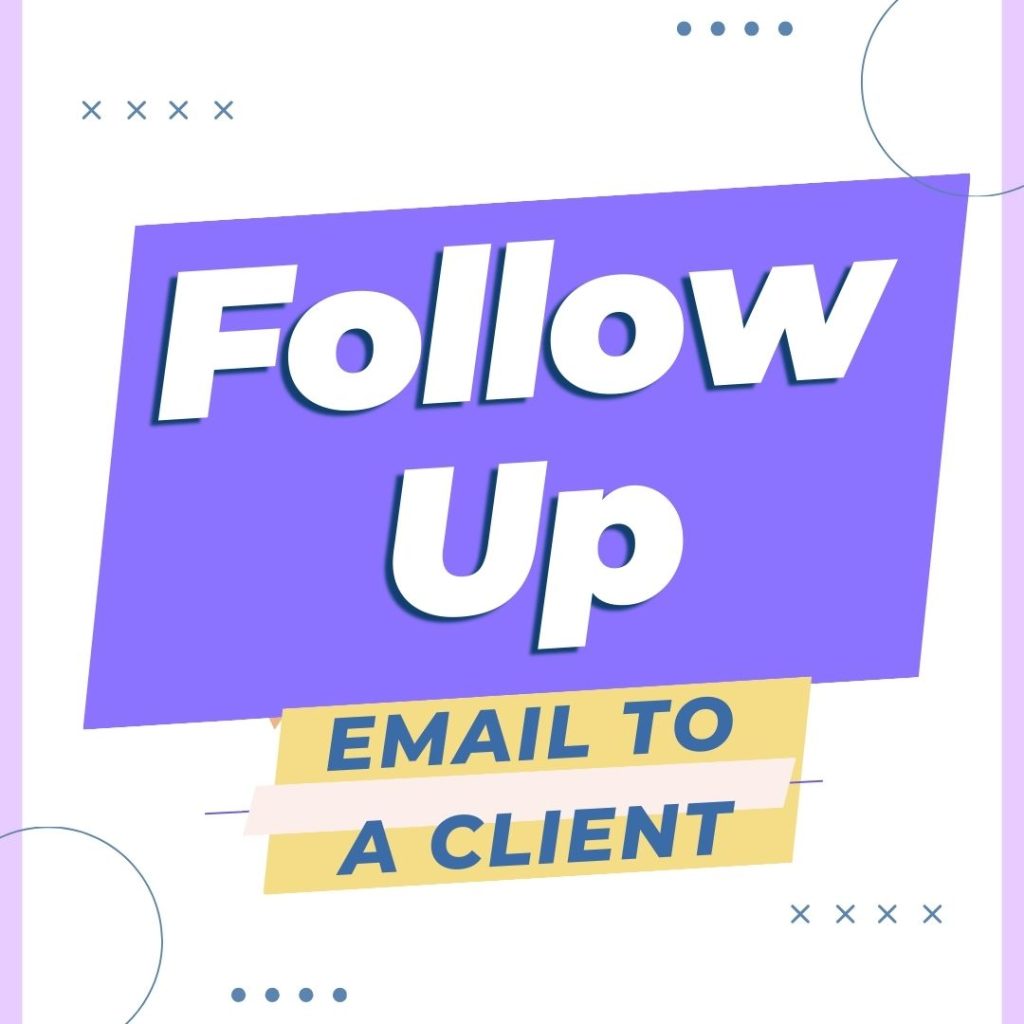

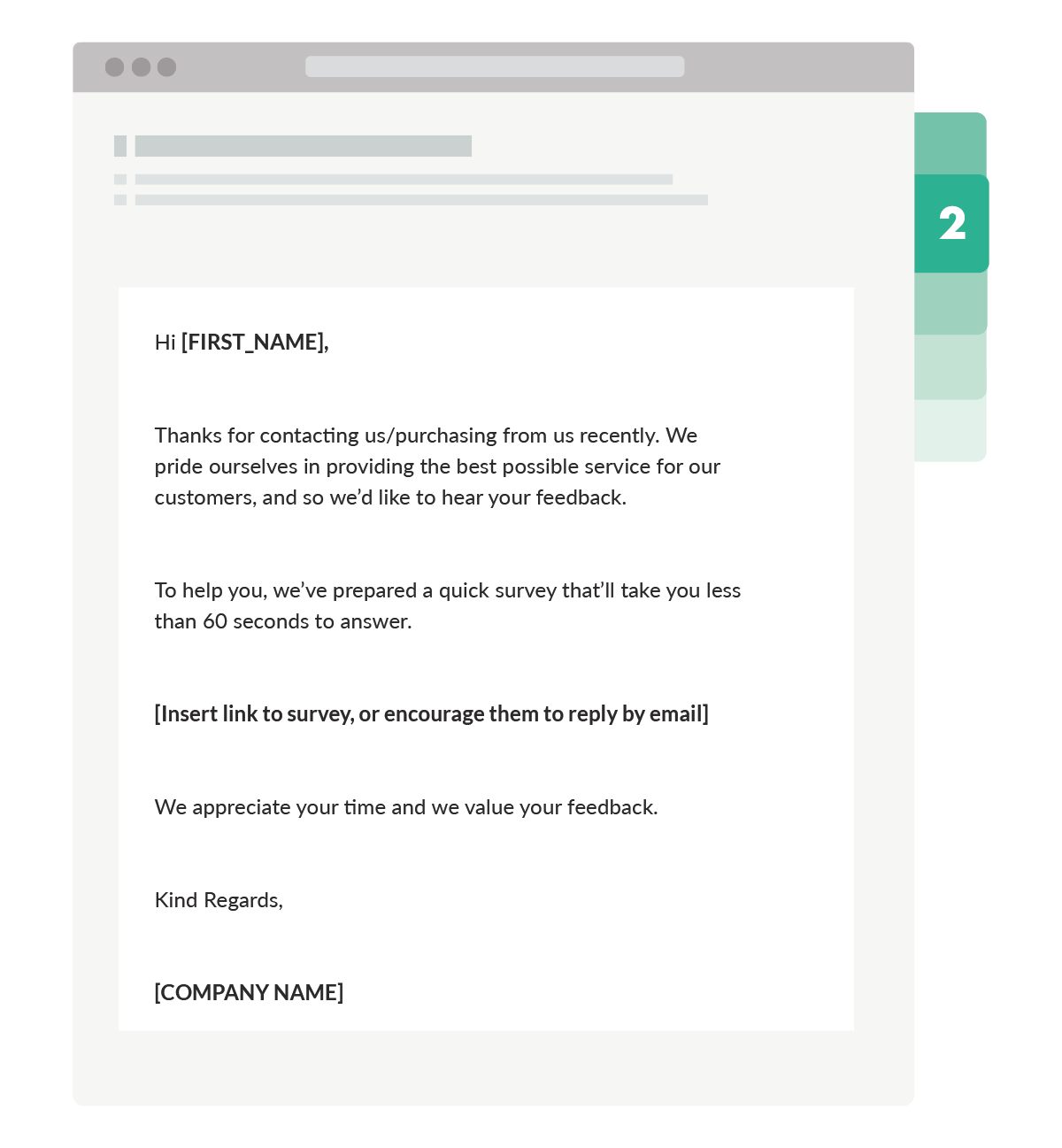
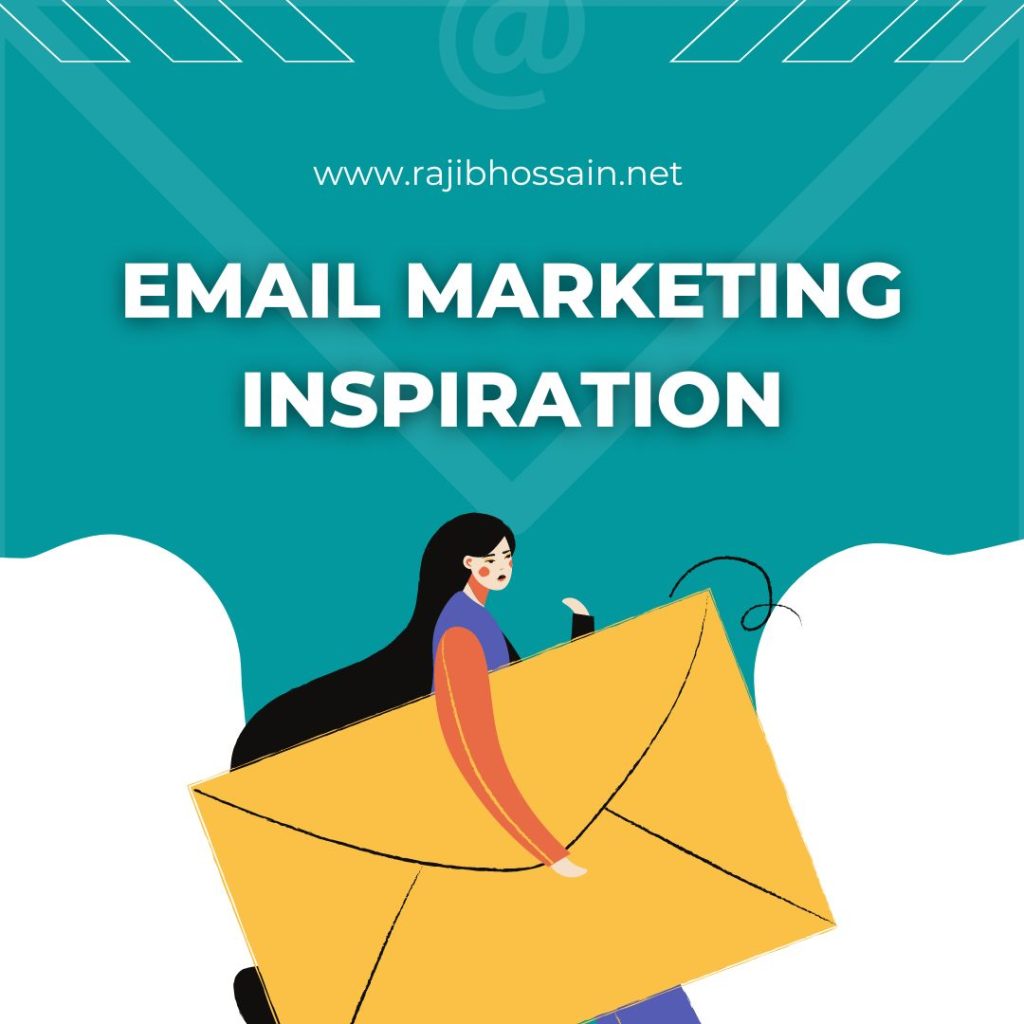


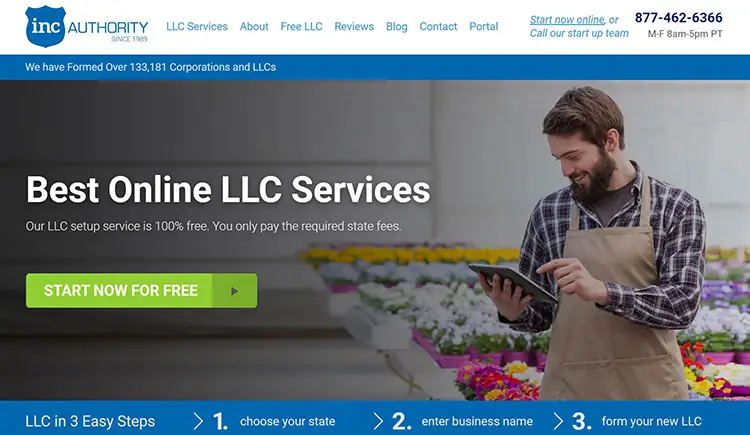
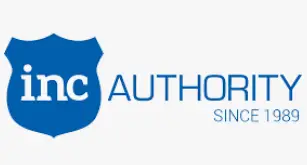






.jpg)


